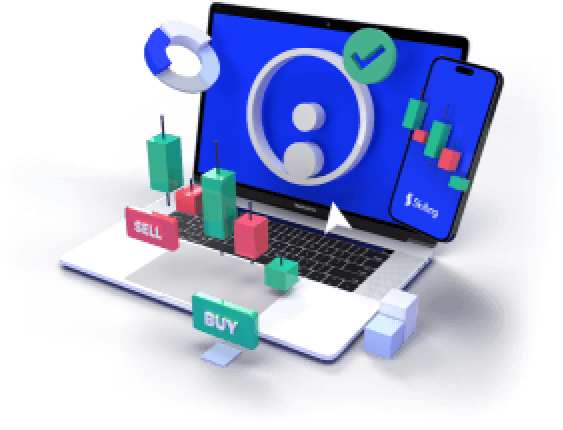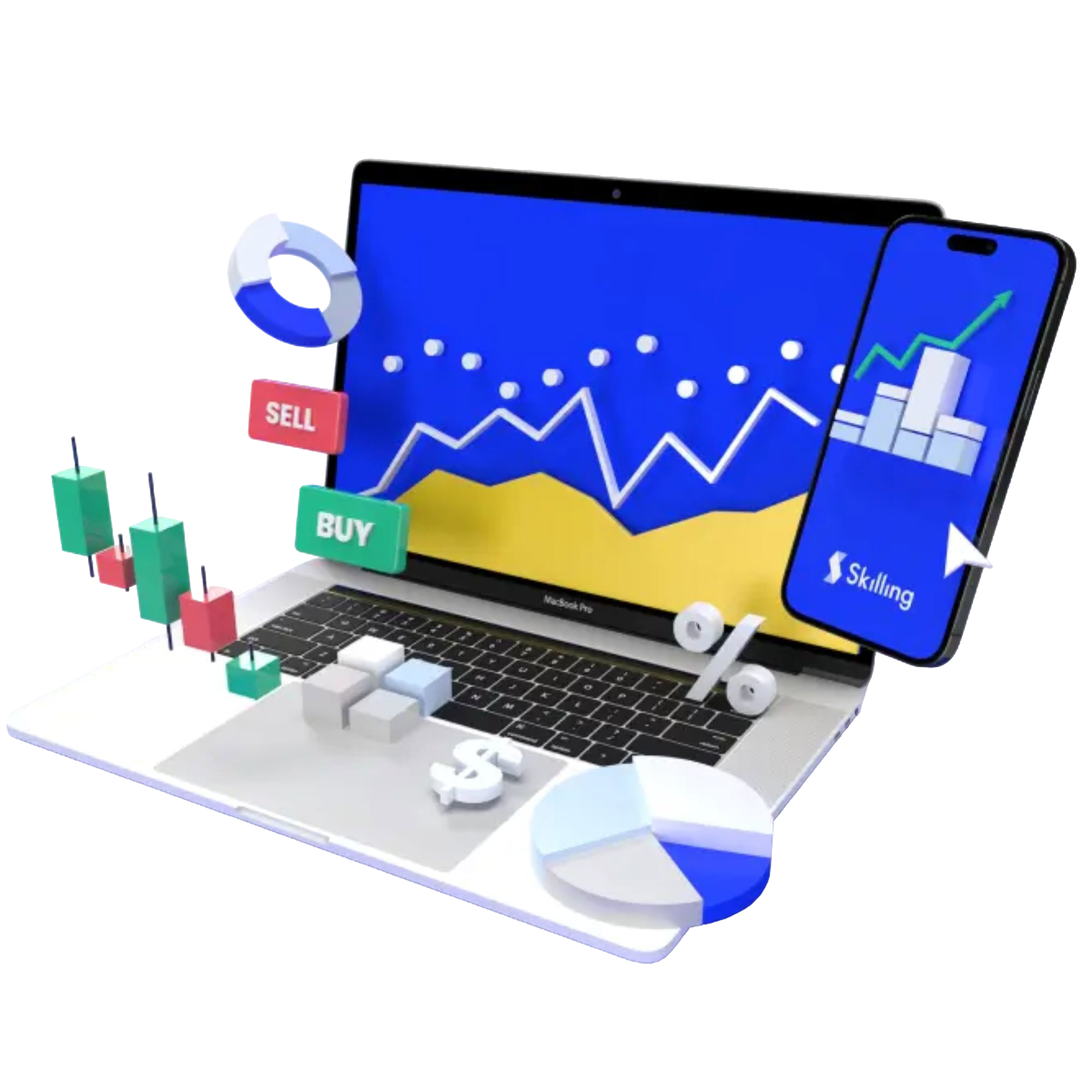Access 1,200+ global CFDs instruments.
Access a plethora of trading opportunities across the financial markets.

Access 1,200+ global CFDs instruments.
Access a plethora of trading opportunities across the financial markets.

Assuming you have a company and are trying to keep track of what you have on hand, you need to understand inventory. Inventory refers to all the items your business uses to make products or the finished goods you have ready to sell. It includes things like raw materials, items being worked on, and completed products. Managing inventory is crucial because it helps ensure you have enough stock to meet customer demand without tying up too much money.
What is inventory?
Inventory is all the stuff a company has on hand that is used to make products or is ready to be sold. This includes raw materials (like wood or fabric), items that are in the process of being made, and finished products that are ready for customers. Inventory is important because it helps the company keep track of what it has available to sell and ensures there is enough stock to meet customer needs. It’s listed on the company’s balance sheet as a current asset, which means it’s something of value that can be used or sold within a year.
Practice with a Demo Account
Try our demo account and experience real market conditions.

Inventory example
Let's use AstraZeneca Plc (AZN.SE) as an example to explain inventory. AstraZeneca is a pharmaceutical company that makes medicines. Assuming AstraZeneca wants to manage its inventory, here’s how it works:
- Raw materials: AstraZeneca needs ingredients like chemicals and active substances to make their medicines. These raw materials are purchased and stored until they are needed in the production process.
- Work-in-Progress (WIP): During manufacturing, some medicines are still being processed. For example, a new drug might be in the stages of mixing, testing, and filling bottles. This stage is known as work-in-progress.
- Finished goods: Once the medicines are fully made, tested, and packaged, they become finished goods. These are ready to be shipped to pharmacies and hospitals for sale.
Managing these types of inventory helps AstraZeneca ensure they have enough materials and finished products to meet demand while avoiding unnecessary costs.
Types of inventory
- Raw materials: These are the basic items used to create products. For example, in a car factory, raw materials include steel, rubber, and glass. These materials are used in the production process to make the final product.
- Work-in-Progress (WIP): This includes products that are still being made. They’re not finished yet but are in the middle of production. For instance, in a bakery, dough that’s being prepared and shaped into bread is WIP.
- Finished goods: These are the completed products that are ready to be sold. For example, in a clothing store, finished goods are the clothes that are neatly packaged and ready for customers to buy.
Experience Skilling's award-winning platform
Try out any of Skilling’s trading platforms on the device of your choice across web, android or iOS.

What is inventory turnover in a company?
Inventory turnover is a measure of how often a company sells and replaces its stock of goods over a certain period, usually a year. It's calculated by dividing the cost of goods sold by the average inventory during that time. Imagine a store has a lot of shoes to sell. If they sell all their shoes quickly and have to restock often, their inventory turnover is high. If shoes sit on the shelves for a long time before selling, their inventory turnover is low.
Why is inventory turnover important? High inventory turnover indicates that a company sells its products quickly, which is usually a sign of strong sales and efficient inventory management. It means the company is good at matching its supply with customer demand, reducing storage costs, and minimizing the risk of items becoming outdated or spoiled. On the other hand, low inventory turnover can signal weak sales, excess stock, and potential losses. For investors and managers, understanding inventory turnover helps assess a company's performance and efficiency, guiding decisions on purchasing, production, and sales strategies. In simple terms, it's a key indicator of how well a business is doing in selling its products and managing its inventory.
Conclusion
As you’ve learned, inventory is crucial for managing the flow of goods in a company, from raw materials to finished products. It helps businesses ensure they have the right amount of stock to meet customer demands while minimizing excess and associated costs. However, managing inventory effectively requires careful planning and regular monitoring to balance supply and demand. Keeping track of inventory accurately can lead to improved efficiency, reduced costs, and better financial performance. Source: investopedia.com
Visit the Skilling blog today to learn more.











